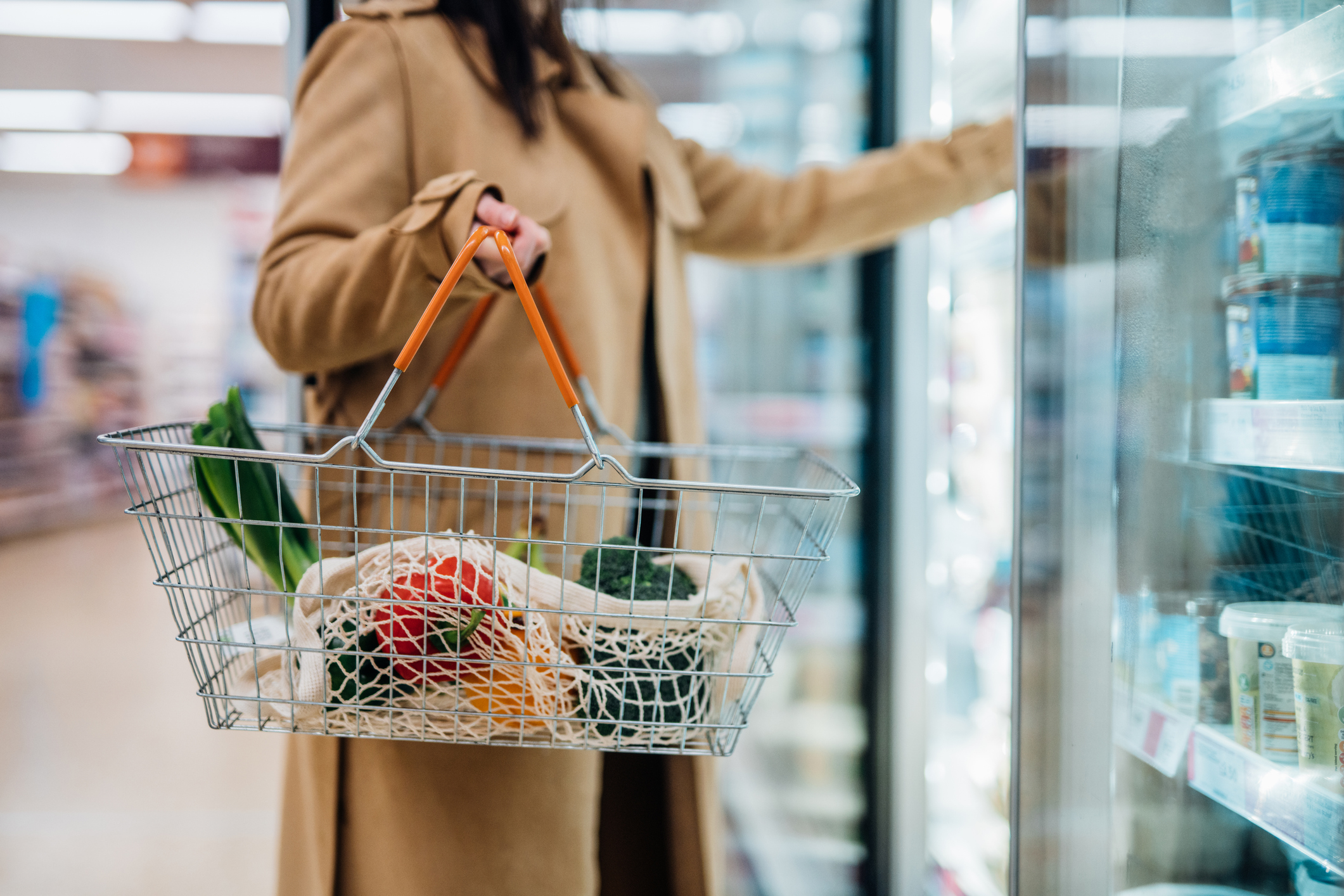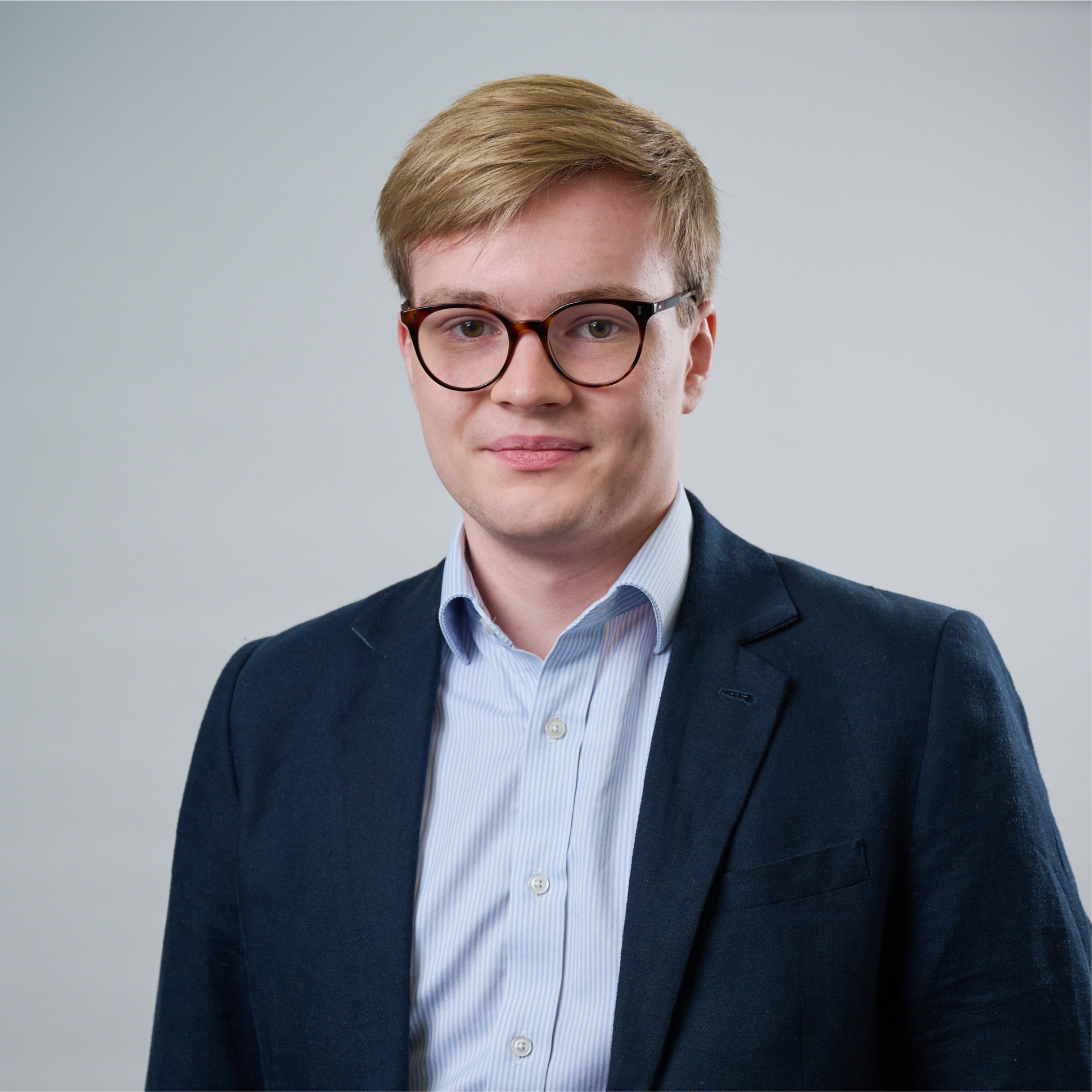ONS reshuffles the inflation basket of goods – what are we buying and what have we ditched?
VR headsets and yoga mats are in, gammon is out. Here's what the ONS has set as its latest inflation shopping basket.

Katie Williams

The basket of goods used to calculate the rate of inflation has been reshuffled, with items such as pulled pork, men’s sliders, and VR headsets joining the club, while old favourites like oven-ready gammon joints have been thrown out.
In total, the ONS has welcomed 23 new goods and services into the basket while 15 have been removed.
The current rate of inflation in the UK is 3% but this is expected to increase over the course of the year. Last month, the Bank of England forecast inflation to grow to 3.7% by the end of the year, before sliding back to 2% by the start of 2026.
MoneyWeek
Subscribe to MoneyWeek today and get your first six magazine issues absolutely FREE

Sign up to Money Morning
Don't miss the latest investment and personal finances news, market analysis, plus money-saving tips with our free twice-daily newsletter
Don't miss the latest investment and personal finances news, market analysis, plus money-saving tips with our free twice-daily newsletter
The ONS uses its typical basket of goods to help calculate what inflation in the UK is by measuring how the price of each item in the basket has changed over time.
The basket is meant to be representative of what the average consumer buys and uses in day-to-day life. It includes everything from food and drinks to clothing, transport, education costs and hotels.
In order to accurately calculate consumer price inflation (CPI), which is the main measure of inflation, the ONS needs to regularly reshuffle the goods and services in its basket to reflect present trends in consumption. This is done annually.
What has been added to the inflation basket?
One interesting addition this year is the VR headset, which the ONS says is included to reflect the rising popularity of the product as expenditure on this item is reported to have reached around £350 million in 2024.
The ONS says adding items like this ensures that the basket represents an emerging technology that people are starting to buy more of.
Danni Hewson, head of financial analysis at AJ Bell, says it “shouldn’t be a surprise that VR headsets have been added to this year’s basket,” since AI and technology are so prevalent in our everyday lives, “especially as more content is developed for their use and the price of buying one becomes less eyewatering”.
Another item that has been added to better reflect what consumers in the UK are buying is the exercise mat, which expands the range of sports products in the basket.
More and more people began buying this item during the Covid-19 pandemic and the ONS says it is a trend that has continued.
Hewson argues that this is because “post-pandemic people’s lifestyles have become healthier” with it becoming more commonplace for people to go to the gym with their “rolled up, brightly coloured [exercise] mat under their arm”.
Another addition is fixed rate gas and electricity tariffs, illustrating how an increasingly large number of consumers are opting to fix their energy bills rather than to sit on the price cap.
A full list of the items added to the inflation basket can be found below:
- Ready-to-use noodles
- Pre-cooked pulled pork
- Smoked salmon
- Mango
- Bag of hard sweets
- Bag of soft sweets
- Bag of chocolate sweets
- Carton/box of chocolates
- Women’s dress
- Men's walking/hiking boots
- Women's canvas fashion shoes/trainers
- Men's sliders/pool sandals
- Wallpaper
- Electricity, fixed tariff
- Gas, fixed tariff
- Cushion
- NHS dental charges for routine preventative check-ups
- NHS dental charges for other outpatient services
- Virtual reality (VR) headset
- Exercise mat
- Video on demand subscription services
- Overnight hotel accommodation, advance price
The ONS says while wallpaper remains in the basket, outlets where prices are taken has changed in order to improve the number of price quotes collected. For technical processing reasons, wallpaper appears both on the list of items added and removed.
The goods and services put in the basket are reflective of the current trends in consumption. For example, last year, air fryers were added to the basket to reflect their boom in popularity experienced in recent years.
What has been removed from the inflation basket?
Among the 15 items that have been removed from the ONS’ inflation basket of goods and services are fresh turkey, oven-ready gammon joints, in-store cafeteria meals, and newspaper adverts.
The ONS removed these items because we have stopped consuming them as much as we used to, and as logistics mean the body can’t assess all items in the economy.
In the case of newspaper adverts, they have been removed because far fewer people buy newspapers now compared to in the past. This is because online advertising has become far more prevalent while the circulation of print newspapers has continued to decline.
As previously mentioned, the ONS tries to adjust their basket to reflect what most people in the economy are regularly buying. Removing items that have become less popular is an important part of making an accurate calculation.
A full list of the items removed from the inflation basket can be found below:
- Fresh diced/minced turkey
- Oven ready, gammon/pork joint
- Bag of sweets, not chocolate
- Carton/box of chocolates
- Bag of branded chocolate sweets
- Walking/hiking boots
- Adult canvas fashion shoes/trainers
- Wallpaper
- NHS dental charges
- DVD rental
- In store cafeteria meal
- Newspaper advert
How does the ONS decide what to put in the inflation basket?
A number of factors are considered when the ONS decides to add or remove a good or service from their CPI basket.
Typically, some goods or services are so common that it is clear that they should be included in the basket. One example of such a good is petrol, which is used by so many people in the economy that changes in its price should be included when calculating inflation.
Other times, it can be a bit more complicated to work out what to put in the inflation basket.
The ONS says they aim to find items that are representative of overall consumption in the economy. This means they try to get a sample of specific goods or services that gives a reliable measure of price movements for a range of similar items.
Importantly, however, the items they choose have to be commonly available to consumers across the UK, be available throughout the year, and be a genuine reflection of what someone may buy and use in their everyday lives.
This is why the ONS finds it important to update the basket regularly. If they are measuring the price of items which are only used by a small portion of the population, or are out of trend, the data they collect will be inaccurate.
If the data is inaccurate, then this can lead to difficulties in other areas of policymaking. For example, the Bank of England looks at this measure closely when setting interest rates.
Get the latest financial news, insights and expert analysis from our award-winning MoneyWeek team, to help you understand what really matters when it comes to your finances.
Daniel is a financial journalist at MoneyWeek, writing about personal finance, economics, property, politics, and investing.
He is passionate about translating political news and economic data into simple English, and explaining what it means for your wallet.
Daniel joined MoneyWeek in January 2025. He previously worked at The Economist in their Audience team and read history at Emmanuel College, Cambridge, specialising in the history of political thought.
In his free time, he likes reading, walking around Hampstead Heath, and cooking overambitious meals.
-
 Why UK investors are backing British stocks in 2026
Why UK investors are backing British stocks in 2026The UK stock market may be lacking fashionable technology shares but investors are keen to buy British next year
-
 UK inflation live: did inflation fall in November?
UK inflation live: did inflation fall in November?The ONS releases inflation data for November tomorrow (17 December). Has inflation continued its downward trend?
